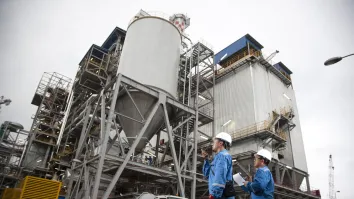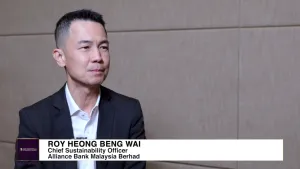
Malaysia sees stable non-life growth amidst premium rise
Gross direct premiums reached $5.43b in 2024, up 7% from the previous year.
Malaysia’s non-life insurance market is expected to maintain stable growth, supported by economic recovery, regulatory reforms, and rising digital adoption, according to AM Best’s APAC Insurance Market Report.
The rating agency classifies Malaysia as a CRT-3 country, reflecting low economic risk and moderate political and financial system risk.
Gross direct premiums reached $5.43b (MYR22.5b) in 2024, up 7% from the previous year.
Growth was driven mainly by motor and fire insurance, which continued to expand faster than the country’s GDP.
AM Best said premium growth is likely to continue over the medium term as insurance penetration increases, inflation leads to higher rates, and demand for digital insurance and takaful products rises.
Regulatory initiatives are a major factor in the sector’s outlook.
Bank Negara Malaysia aims to raise the combined insurance and takaful penetration rate to between 4.8% and 5.0% by 2026 and double coverage for microinsurance and microtakaful.
The regulator’s new Licensing and Regulatory Framework for Digital Insurers and Takaful Operators, launched in July 2024, opens a two-year application window starting in January 2025 to support digital inclusion.
BNM has also introduced policies to strengthen agent professionalism and improve product suitability.
Meanwhile, the Value-based Intermediation for Takaful framework continues to support the growth of Islamic insurance, with general takaful expansion outpacing conventional non-life insurance.
Motor and fire insurance remain the largest contributors to premium income, accounting for 46% and 20% of the market, respectively.
The gradual liberalisation of tariffs since 2016 has increased pricing flexibility, which has raised competitive pressure but also encouraged product innovation and more risk-based pricing.
However, the industry continues to face challenges from climate-related losses and competitive pricing.
Underwriting performance in the fire segment weakened in 2023 due to higher weather-related claims, inflation-driven costs, and pressure on rates, even after price increases following the December 2021 floods.
Insurers are expected to continue repricing flood-exposed products and tightening risk selection.
BNM’s Climate Risk Management and Scenario Analysis framework, effective since November 2022, requires insurers to adopt more structured approaches to assessing and managing climate risk.
Reinsurance conditions remain firm, with pricing having tightened since 2019, especially for property, engineering, and financial lines.
Flood-related risks saw notable rate increases in 2023, although treaty renewals in early 2024 were reported as generally stable.
Industry consolidation is expected to continue, but opportunities for international acquisitions are narrowing as fewer viable targets remain.
As liberalisation in key product lines progresses, insurers are likely to focus on scale, distribution strength, and retention to defend margins in a more competitive market.



















 Advertise
Advertise






